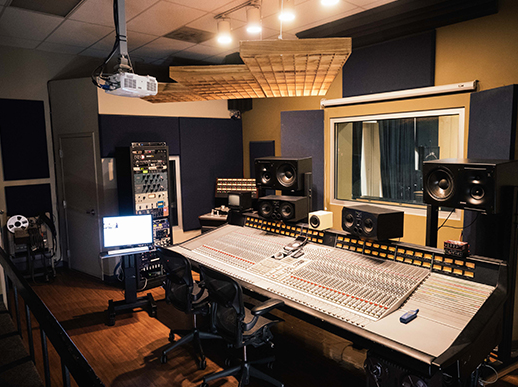The music industry often presents a polished image, but behind the scenes lies a different story. From the widespread use of auto-tune to the manipulated narratives of reality shows and the illusionary performances, there’s much more than meets the ear. Let’s uncover the truth behind the tunes.

AUTO TUNE
THE PURPOSE AND REALITY:
Auto-tune, originally developed to correct pitch in vocal and instrumental performances, has now become a ubiquitous tool in the music industry. While it can enhance a song by fixing minor pitch issues, its overuse has sparked criticism. Many argue that it strips songs of their authenticity and makes different artists sound similar.As a result, the natural imperfections and unique qualities of a singer’s voice are often lost, leading to a homogenized sound.
INDUSTRY INSIGHTS:

A renowned singer once revealed that the use of auto-tune is so prevalent that it’s almost a default setting in recording studios. This reliance on technology suggests that the industry values perfection over genuine talent, raising questions about the true skill level of some popular artists. Consequently, audiences might be listening to heavily processed vocals rather than authentic performances.
REALITY SHOWS
EVOLUTION AND MANIPULATION:
Reality singing competitions have evolved significantly over the years. Initially, they aimed to discover raw, untapped talent. However, modern reality shows are often criticized for being heavily edited and scripted. Producers may select contestants based on their potential marketability and willingness to collaborate with the show’s makers, rather than pure talent. This manipulation ensures a polished, entertaining product but compromises the show’s integrity.
BEHIND THE SCENES:
The selection process and the narrative arcs of these shows are carefully crafted to maximize viewer engagement. Additionally, contestants who are perceived as more entertaining or marketable are often favoured, at the expense of talented singers who don’t fit the desired profile.

PERFORMANCE TECHNIQUES
MINUS ONE PERFORMANCE:
In a minus one performance, the artist sings live while a pre-recorded track plays. This method ensures that the music is flawless, but any vocal imperfections are still audible. It maintains a balance between live performance and studio perfection.
PULSE ONE PERFORMANCE:
Pulse one performance, often referred to as lip-syncing, involves miming to a pre-recorded track, both vocals and instruments. This technique is commonly used in environments where consistent vocal performance is challenging, such as in high-energy dance routines or during long concerts. While it guarantees a perfect vocal performance, it can disappoint audiences who expect a genuine live experience.

CONCLUSION
The music industry, like any other, has its behind-the-scenes realities that might not align with the polished image presented to the public. From the pervasive use of auto-tune to the heavily managed reality shows and performance techniques, there are many facets that shape what audiences hear and see.

